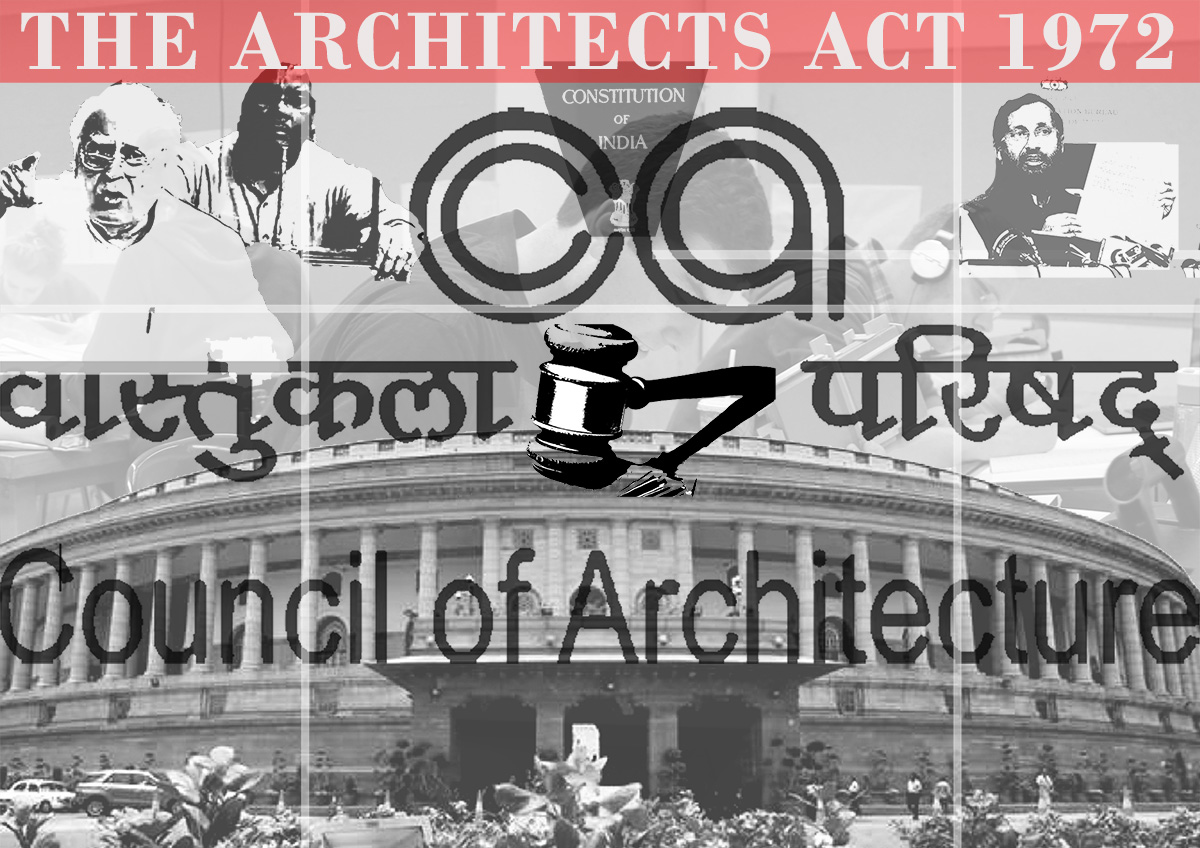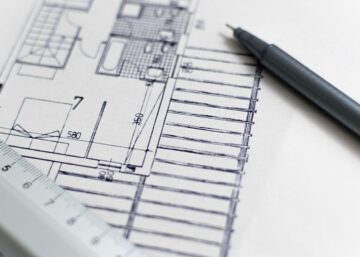In India, architects are not allowed to carry out construction activities due to a legal provision that separates the professions of architecture and engineering. The Architects Act of 1972 clearly states that the term “practice of architecture” only includes the planning and architectural design of buildings or groups of buildings. This means that architects in India cannot execute the construction process themselves, and instead must work with engineers and contractors who are licensed to carry out the construction work.
This legal provision serves several purposes. First, it helps to ensure that architects can focus on what they do best: designing buildings. By separating the design and construction processes, architects can devote their full attention to creating beautiful, functional, and sustainable buildings that meet the needs of their clients.
Second, it helps to ensure that the construction process is carried out safely and efficiently. Engineers and contractors are trained to manage the technical aspects of construction, such as ensuring that buildings are structurally sound and that all safety codes are followed. By working together, architects, engineers, and contractors can create buildings that are both beautiful and safe.
Finally, it helps to ensure that clients get the best possible value for their money. Architects can focus on creating designs that are efficient and cost-effective, while engineers and contractors can focus on executing those designs in a way that is safe and efficient. By working together, they can help to minimize costs and ensure that clients get the best possible value for their money.
Overall, the legal provision that separates architecture and engineering in India helps to ensure that buildings are designed and constructed safely, efficiently, and with the utmost care for the needs of clients and the environment.








